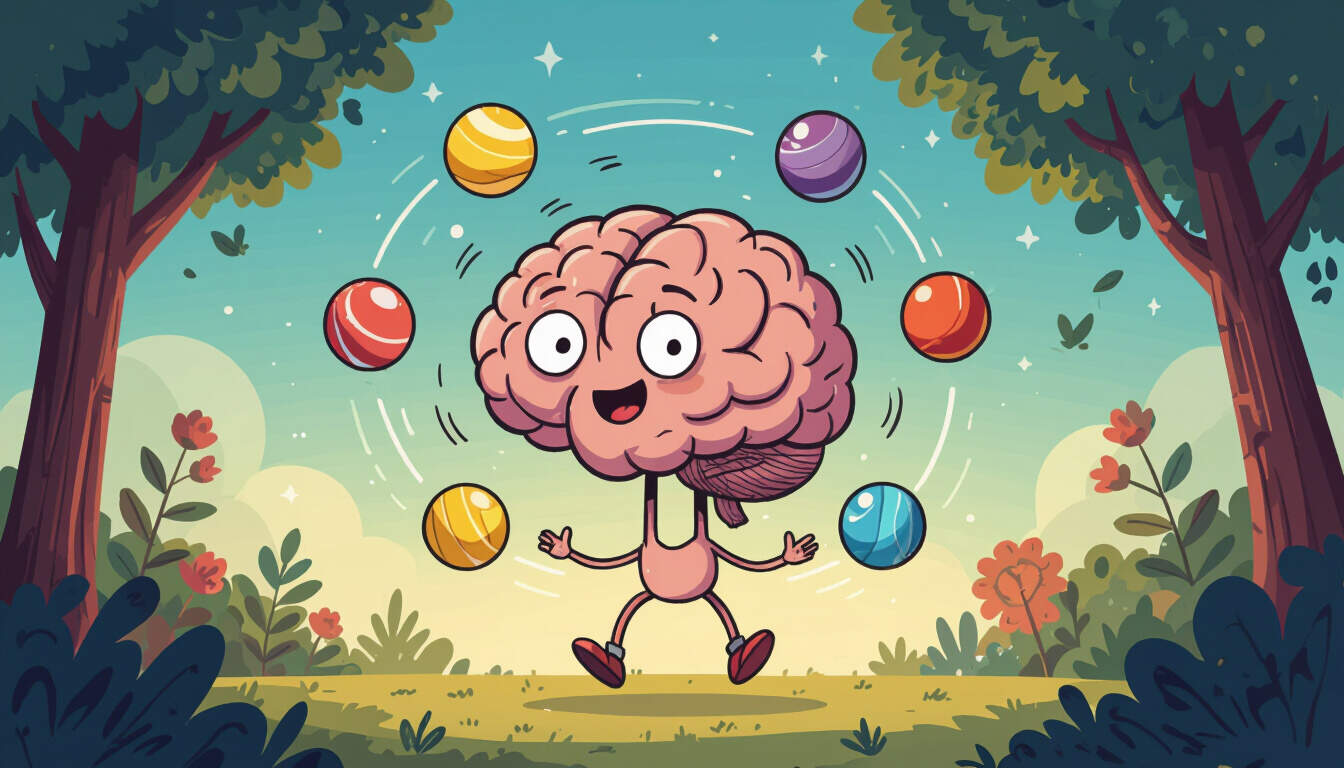Transforming Mindset Through Second-Order Thinking and Feedback Loops
 by Shanie Goodwin
by Shanie Goodwin
Explore how second-order thinking and feedback loops can reshape your mindset for better decision-making and growth. This article offers practical tips to apply these concepts in daily life, fostering deeper cognitive processes and personal development.

Second-order thinking involves looking beyond immediate outcomes to consider the broader implications of actions and decisions. This approach helps individuals anticipate chain reactions that might otherwise go unnoticed. For example, second-order thinking can reveal how a simple choice, like skipping a workout, might lead to decreased energy levels over time.
Feedback loops are cycles where an action's results influence future actions, creating patterns of reinforcement or correction. In personal development, these loops can either hinder or propel progress. Positive feedback loops build momentum, such as when consistent learning leads to greater confidence and more opportunities for growth.
To begin transforming your mindset, start by examining daily habits through the lens of feedback loops. Recognizing a negative loop, like procrastination feeding into stress, allows for intentional changes. By breaking this cycle, individuals can foster habits that support long-term success.
One effective tip is to practice daily reflection. This habit encourages awareness of how actions create feedback loops. For instance, journaling about decisions and their outcomes can highlight patterns that shape mindset.
Another strategy involves scenario planning. This method uses second-order thinking to map out potential consequences. When facing a career choice, consider not just the immediate job benefits but also how it might affect work-life balance and future skills.
Benefits of Integrating These Concepts
Applying second-order thinking and feedback loops offers clear advantages in cognitive processes. It enhances problem-solving by promoting a more holistic view of situations. Professionals might find that this leads to innovative solutions in challenging projects.
For students, these tools can improve academic performance. By understanding how study habits form feedback loops, learners can adjust routines to maintain motivation. A student who links regular review sessions to better exam results creates a positive cycle of achievement.
In systems thinking, feedback loops illustrate interconnected elements. This perspective is valuable for analyzing complex issues, such as environmental sustainability, where actions in one area impact others.
Practical Tips for Implementation
Here are some actionable steps to incorporate these ideas:
-
Set specific goals: Define objectives that account for second-order effects. For example, aim to build a skill that not only advances your career but also enriches personal interests.
-
Monitor progress regularly: Track behaviors to identify emerging feedback loops. Use simple tools like apps or notes to log daily activities and reflect on their influences.
-
Seek diverse perspectives: Engage with others to gain insights into potential second-order outcomes. Discussions can reveal blind spots and strengthen decision-making.
-
Experiment with small changes: Test new habits to observe their effects. This trial-and-error process helps in refining approaches and building resilience.
By focusing on these tips, individuals can gradually shift their mindset. The key lies in patience and persistence, as true transformation often requires time to manifest.
In professional settings, second-order thinking aids in strategic planning. Leaders who consider long-term impacts of policies can avoid pitfalls and drive sustainable success.
For curious individuals, exploring feedback loops in everyday life can spark interest in broader topics like psychology and economics. This exploration deepens appreciation for how systems operate.
Ultimately, combining these concepts fosters a proactive mindset. It empowers people to shape their paths deliberately, turning challenges into opportunities for growth.
Through consistent application, the effects of second-order thinking and feedback loops become evident. Individuals report greater clarity and satisfaction in their pursuits, marking a significant step in personal development.
